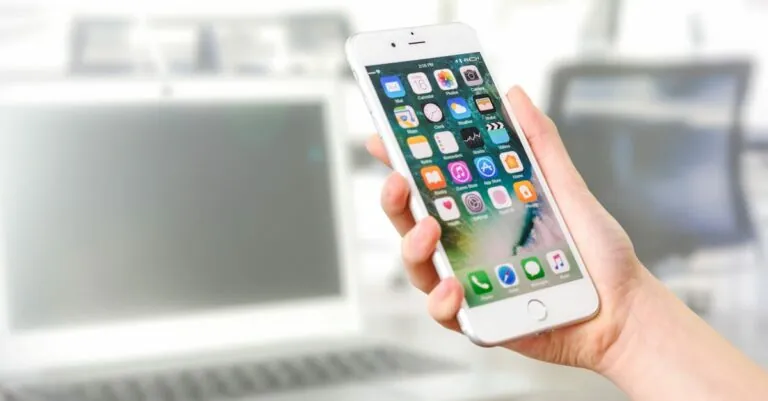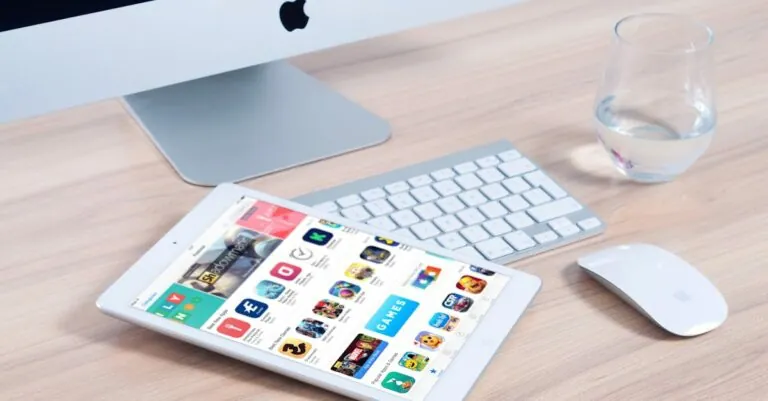Upgrading to a new phone can feel like a thrilling adventure, but transferring apps can quickly turn into a digital scavenger hunt. Who knew that moving your favorite games and productivity tools could be so tricky? Fear not, because mastering the art of app transfer is easier than finding a cat video on the internet.
Table of Contents
ToggleOverview Of App Transfer
Transferring apps from one phone to another involves several methods, each tailored for various operating systems. Users can opt for Cloud services, Wi-Fi direct, or transfer cables to simplify the process. For those using Android devices, Google Drive and the built-in transfer tool facilitate the movement of apps seamlessly. iPhone users benefit from iCloud and iTunes for backing up and restoring applications.
Data loss raises concerns during transfers. To mitigate this, utilizing full backups proves essential. Most backup strategies allow users to restore not only apps but also app data, ensuring a seamless transition. Malware risks exist, so avoiding unverified sources during app transfer maintains device security.
Compatibility plays a crucial role when transferring apps across different platforms. Some applications may not function properly if moved from Android to iOS or vice versa. Users should verify compatibility before initiating the process to prevent potential issues.
Remote assistance tools can ease app transfers. Programs like TeamViewer allow experienced users to guide others through the transfer process, making it more straightforward. This interaction reduces confusion for less tech-savvy individuals.
Tech-savvy individuals can also utilize Android Debug Bridge (ADB) for app transfers. This method, though more complex, offers complete control for those familiar with commands. Choosing this route might require a learning curve, but it provides extensive flexibility.
Overall, mastering these methods provides users with confidence when upgrading their devices. Staying informed about various transfer options ensures all apps remain accessible during transitions.
Preparing For The Transfer
Preparing for app transfer involves several key steps. Users need to ensure their data is secure and compatible with the new device.
Backing Up Your Data
Data backup is vital before starting the transfer process. Utilize cloud services like Google Drive for Android users or iCloud for iPhone users. Create a backup of app data, contacts, and settings. Once the backup is complete, verify its integrity to ensure all information is saved. This step prevents loss of important data during the transfer.
Checking Compatibility
Compatibility checks are crucial before transferring apps. Identify the operating systems of both the old and new devices. Some apps may not function properly across different platforms. Confirm that the apps in question are available for the new system. Use the respective app stores to verify compatibility. This precaution helps avoid frustrations after the transfer.
Methods To Transfer Apps
Transferring apps can be straightforward with the right approach. Various methods accommodate different devices and preferences.
Using Cloud Services
Cloud services simplify app transfer significantly. Android users commonly rely on Google Drive, which stores app data securely in the cloud. This method enables access to apps and associated data on the new device with ease. iPhone users utilize iCloud for the same purpose, allowing seamless transition without losing any vital information. Both services enhance data security and minimize risks associated with loss during transfers. Users should check compatibility beforehand, ensuring that their apps function smoothly on the new operating system.
Utilizing Transfer Apps
Transfer apps present another convenient option for moving apps between devices. Third-party applications such as SHAREit and Zapya allow quick sharing over Wi-Fi connections, facilitating faster transfers without data cables. Utilizing these tools requires installation on both devices, but they significantly reduce the time needed for app migration. Users can send multiple apps simultaneously, saving time compared to manual installations. Always verify app integrity post-transfer, checking for functionality and potential issues.
Manual Transfer Techniques
Manual transfer techniques require more effort but can be effective for specific situations. Users can download apps directly from the app store on the new phone. This ensures that they have the latest versions while not encountering compatibility issues. For Android users, enabling USB debugging and connecting devices via cable allows users to copy files directly between phones. Another method includes retrieving APK files for Android and installing them manually, but this requires care to avoid unverified sources. Users should back up data first, ensuring safety throughout the process.
Tips For Successful App Transfer
Transferring apps between devices requires careful consideration to ensure success. Following certain tips can significantly streamline the process.
Ensuring Data Integrity
Data integrity remains a top priority during app transfers. Prior to initiating the process, users ought to make full backups of their data using services like Google Drive or iCloud. This ensures all essential information gets preserved. Verifying the integrity of the transferred apps helps uncover any issues that may arise post-transfer. Users can check for updates in the app store, which might resolve compatibility concerns. It’s beneficial to test app functionality on the new device immediately after the transfer. Regularly backing up data protects against loss and provides peace of mind during transitions.
Managing App Settings
Managing app settings properly enhances the transition experience. Configuring the new device to replicate the previous settings can make familiarization easier. Users might want to take screenshots of critical settings to ensure nothing gets missed. Syncing accounts within the apps also helps retain preferences and customizations. For instance, logging into a cloud service can automatically restore settings for apps like email and social media. Users can customize notifications and profile settings once apps are installed, providing a seamless experience. Attention to these details minimizes frustration and supports a smooth app transfer.
Transferring apps from one phone to another doesn’t have to be a daunting task. With the right methods and preparation it’s possible to ensure a smooth transition. By utilizing cloud services and transfer tools users can efficiently move apps while maintaining data integrity.
Taking the time to back up important data and verify app compatibility can prevent headaches down the line. Whether opting for manual transfers or helpful apps users can enjoy their favorite applications on their new devices with ease. Embracing these strategies empowers individuals to navigate the app transfer process confidently.


